Although we think of firefighting as an essential service, it was not always that way. Despite man discovering fire aeons ago, firefighting’s beginnings originated only about 2300 years ago, and organised firefighting took even longer to catch up.
At Peli, we are very proud that firefighters around the world trust our products to allow them to perform their life-saving jobs on a daily basis. Thus, we thought it would be nice to put together a piece, largely focused on Europe, celebrating the long and storied history of firefighting. This post will begin by going through firefighting’s humble beginnings over 2000 years ago and all the way up through the present day.
History of Firefighting
Over a million years ago, there is evidence that man first discovered fire. Ever since that time, with varying degrees of success, man has struggled to control fire. Fire, although one of the greatest discoveries made by man that led to the beginnings of civilisation, is certainly a force to be reckoned with. As a result, at some point, it became clear to ancient civilizations that there needed to be some kind of fire authority.
Firefighting in Ancient Alexandria Egypt
As far as we know, the first attempt at firefighting can be found in Alexandria, the city in modern-day Egypt, which bears the name of its founder Alexander of Macedonia, also known as Alexander the Great. In the 3rd century BC, there is evidence that the first water pump was invented for use to fight fires.
The Vigiles of Ancient Rome
The history on the Egypt water pump is a bit murky, but what is less murky is the story of the first ever fire brigade, which was created by Emperor Caesar Augustus in Ancient Rome, about 3 centuries later in 6 AD. This fire brigade was known as the Vigiles and consisted of a group of ex-slaves who were trained in firefighting. They also served as overnight city watchmen.
According to Windsor Fire & Rescue Services, “The duties of the Vigiles were divided into Uncinarius, the hook-man who carried a large hook for removing burning roofs; Siphonarius, the firefighter who was responsible for the supervision and operation of water pumps; Aquarius, the firefighter whose main duties were to supply water to pumps and organise bucket chains, and the Emperor who was the fire chief.”
The Corp of Vigiles were quite sophisticated even going all they back 2000 years ago. There were 7 battalions of firefighters, one for each of the seven hills of ancient Rome. Each battalion consisted of 560 men. There was a fire chief of each battalion and there were 4 physicians for each. The Vigiles used pickaxes, hooks, ladders and rope as equipment. Not entirely different to the modern-day!
At over 7000 members, the Vigiles grew to become one of the most powerful and prestigious elite organisations in the Roman Empire, later expanding across the empire to other cities to provide protection against fires.
The Vigiles continued to be an important organisation of Ancient Rome for another few hundred years; however, as Europe entered the Dark Ages starting around the 5th century AD, there isn’t much historic account of firefighting in Europe until much later.
The Guet Bourgeouis of France
In France, King Louis IX by royal decree created the so-called guet bourgeouis in 1254, which allowed the residents of Paris, the largest city in Europe at the time, to establish their own night watches, which were meant to prevent crimes and fires. After the 100 Year’s War ended in the mid-13th century, the city of Paris expanded even more and there were a number of large fires in the centuries that followed, especially in the 16th century, that destroyed large swathes of the city. With the guet bourgeouis proving to be not-so-useful, King Charles IX disbanded the residents’ night watch and left the King’s watches as the only official groups for watching for crimes and fires at night.
Water Pumps used for Firefighting in Modern-Day Germany
In modern-day Germany, there were water pumps discovered that may have been used for firefighting as early as the 1500s in cities such as Nuremberg and Augsberg. However, the great breakthroughs in firefighting really began in the 17th century after large fires in London.
The Great Fire of London and the Beginnings of Organised Firefighting
By the 17th century, London was a massive city in its own right and was also the scene of a fair few fires which devastated the city, including the Great Fire of 1666. A fire that broke out in a bakery on Pudding Lane, which consumed over two-square miles (3.2 km2), and left tens of thousands homeless.
“Prior to this fire, London had no organised fire protection system. Afterwards, insurance companies formed private fire brigades to protect their clients’ property. Insurance brigades would only fight fires at buildings the company insured. These buildings were identified by a badge or sign,” as quoted in Windsor Fire and Rescue.
However, it took another nine years for another breakthrough when Jan Van der Heiden, a Dutch inventor created the first fire-hose. It was constructed of flexible leather and coupled every 50 feet (15.24 m) with brass fittings, which remain the standards for the length and connections to this day. The great fire of London laid the foundations for the development of modern-day firefighting operations.
The First Fire Engine
The great breakthrough came with the invention of the fire engine. In 1725, Richard Newsham of London created a fire engine, which was pulled by cart to a fire, equipped with manual pumps that were manned by teams of men and could deliver up to 160 gallons (605 L) of water per minute.
Benjamin Franklin created the first volunteer firefighting company in the new world in 1736, which was called the Union Fire Company of Philadelphia. A practice that is still very common to this day in parts of Europe, such as in Germany and France, volunteer firefighting continued in the United States all the way up until the mid-1800s. There were no paid firefighting services in the U.S. until after 1850.
Napoleon's Contribution to Firefighting
Napoleon Bonaparte has been attributed with the creation of the first professional firefighters in France in 1810. He used members of the French Army to create the Sapeurs-Pompiers. Bonaparte created the organisation in response to a fire in the ballroom at the Austrian Embassy in Paris, which injured several dignitaries.
Innovation in Fire Engines
The first horse-drawn steam engines for firefighting were created in 1829, while internal combustion fire engines were created in 1907, which made the steam engines obsolete, disappearing by 1925.
Firefighting in the Present Day
As one can see, despite man's discovery of fire millions of years ago, it took almost all that time for man to create organised firefighting services. 2000 years ago, we saw the first organised firefighting begin and today, firefighting has evolved to the point that there are engines with fire suppression to put out fires before they start, firefighters can use infrared cameras that can see through smoke, there are breathing apparatuses that help firefighters breathe in the thickest of smoke, and state of the art communications systems allow for instantaneous coordination that saves lives.
Data analysis is now revolutionising the fire and rescue operations, and this has been facilitated by the adoption of drones the gather intel for firefighters to make better data-driven decisions on the fly to put out fires and rescue those who’s lives are in danger. Thus, one can see that despite the time it took for organised firefighting to take root, man’s ingenuity and innovation has progressed the vocation in an incredibly short amount of time. There is no telling as to what we could see in the next 2000 years!
Peli ATEX Lights for Fire & Rescue Organisations
Peli Products produces several useful products for fire and rescue services including ATEX-certified safety lights. To find out more, download our FREE guide to Peli Lights by clicking on the button below.





.png)

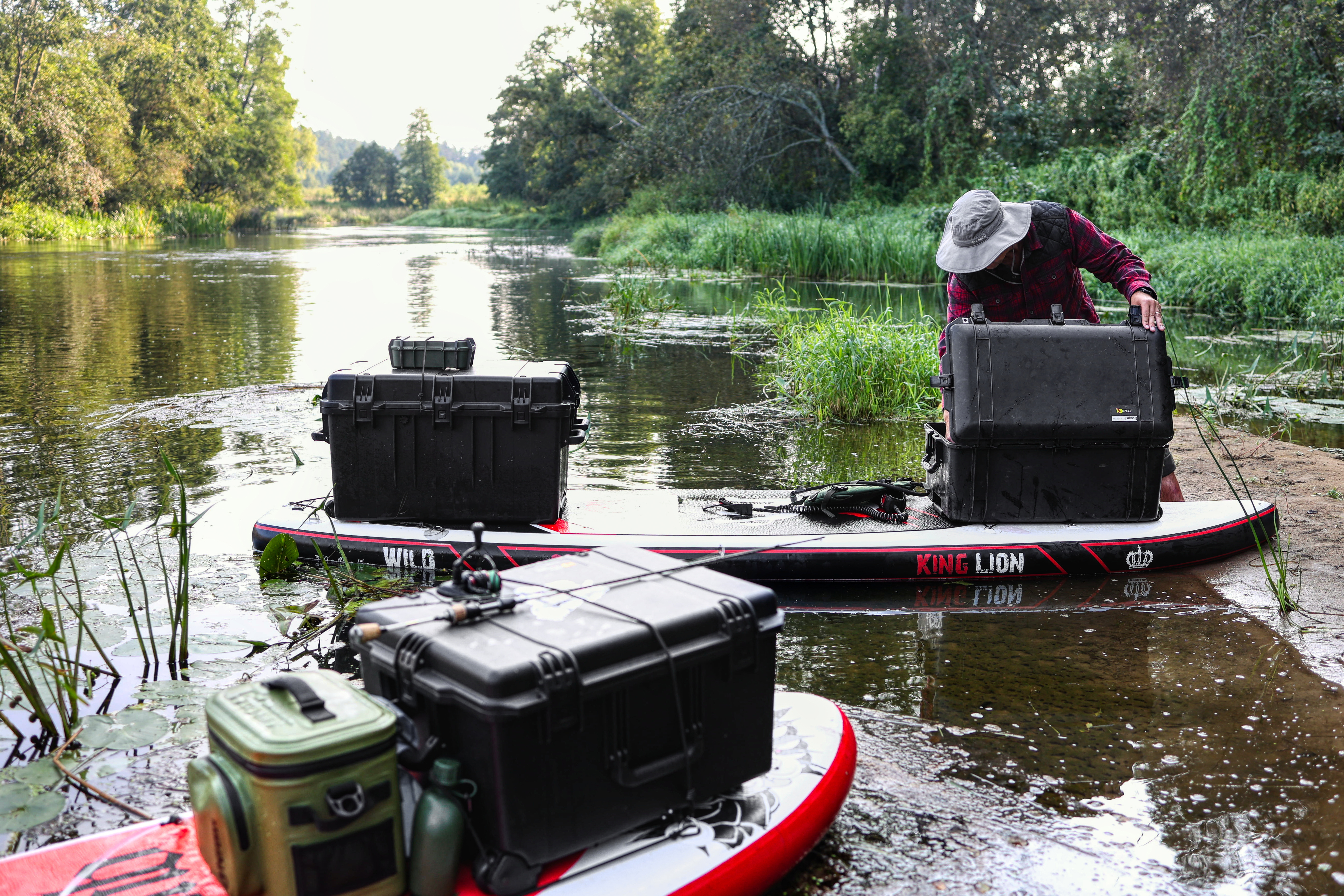



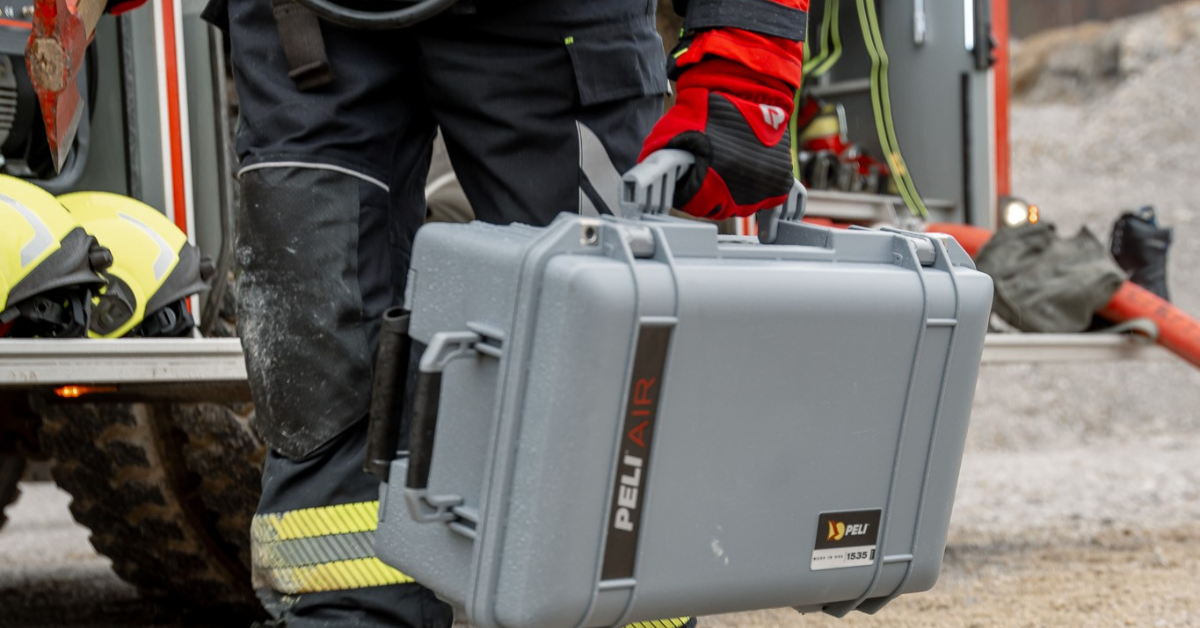
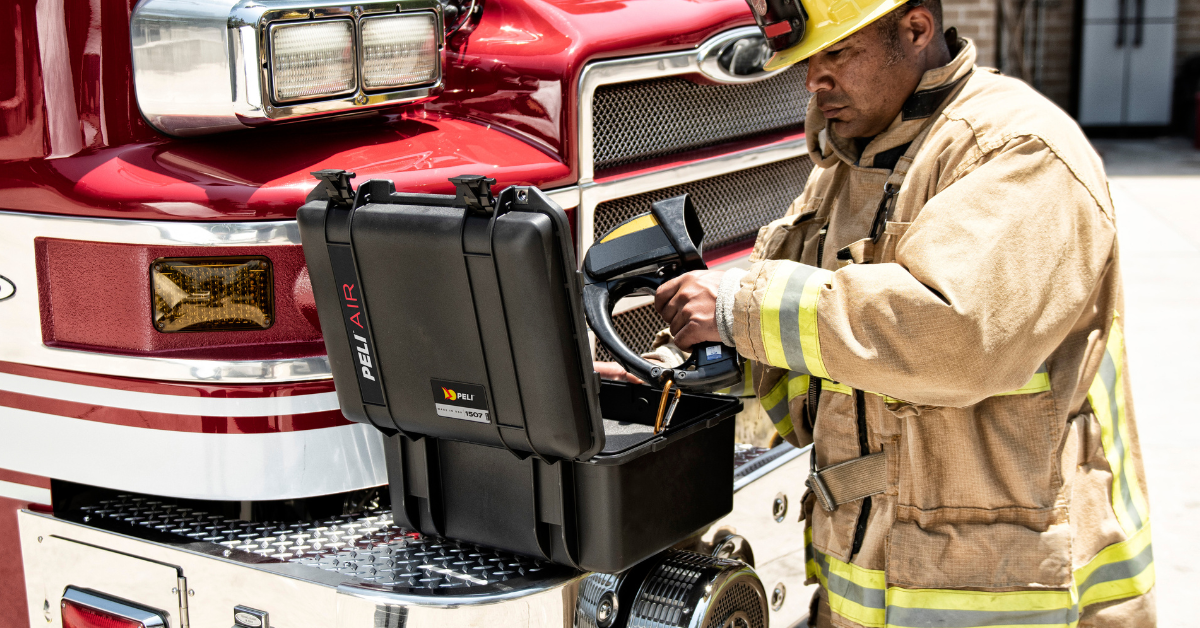
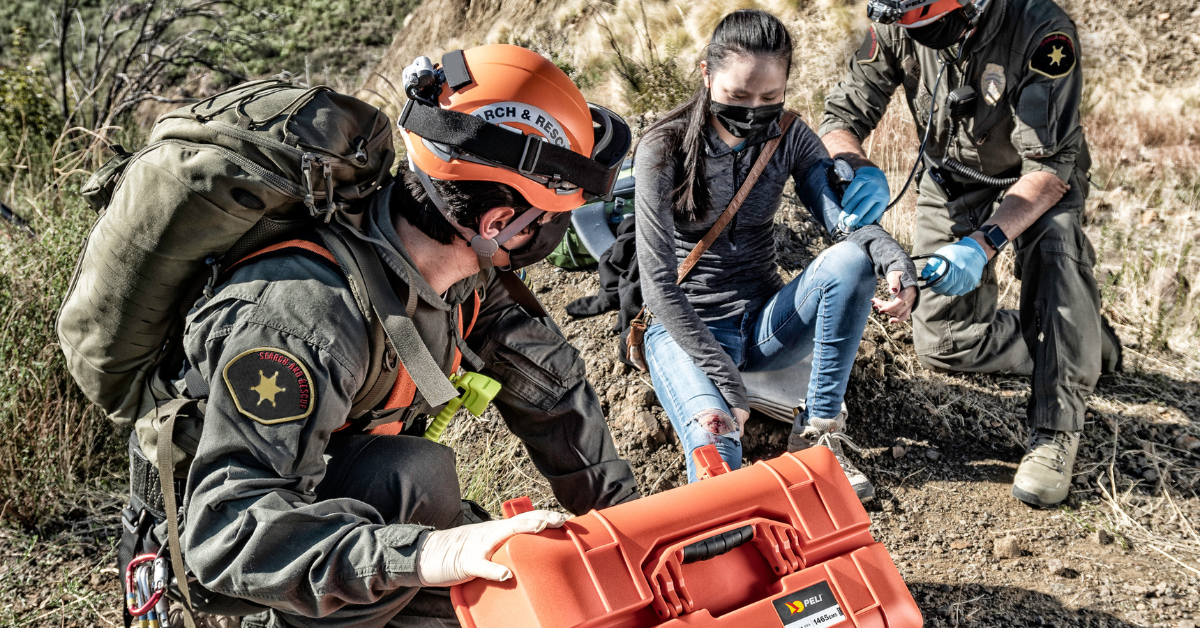
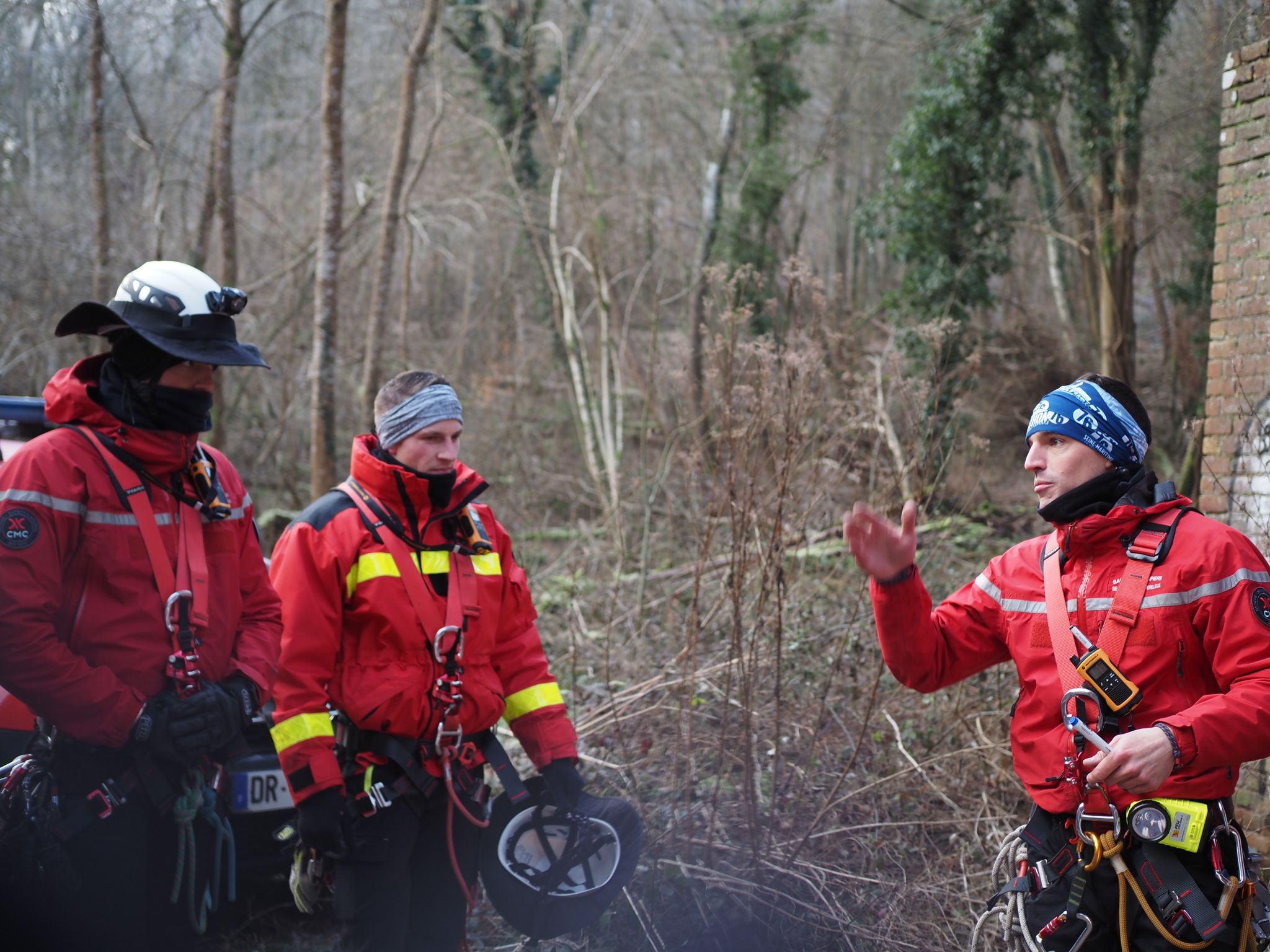
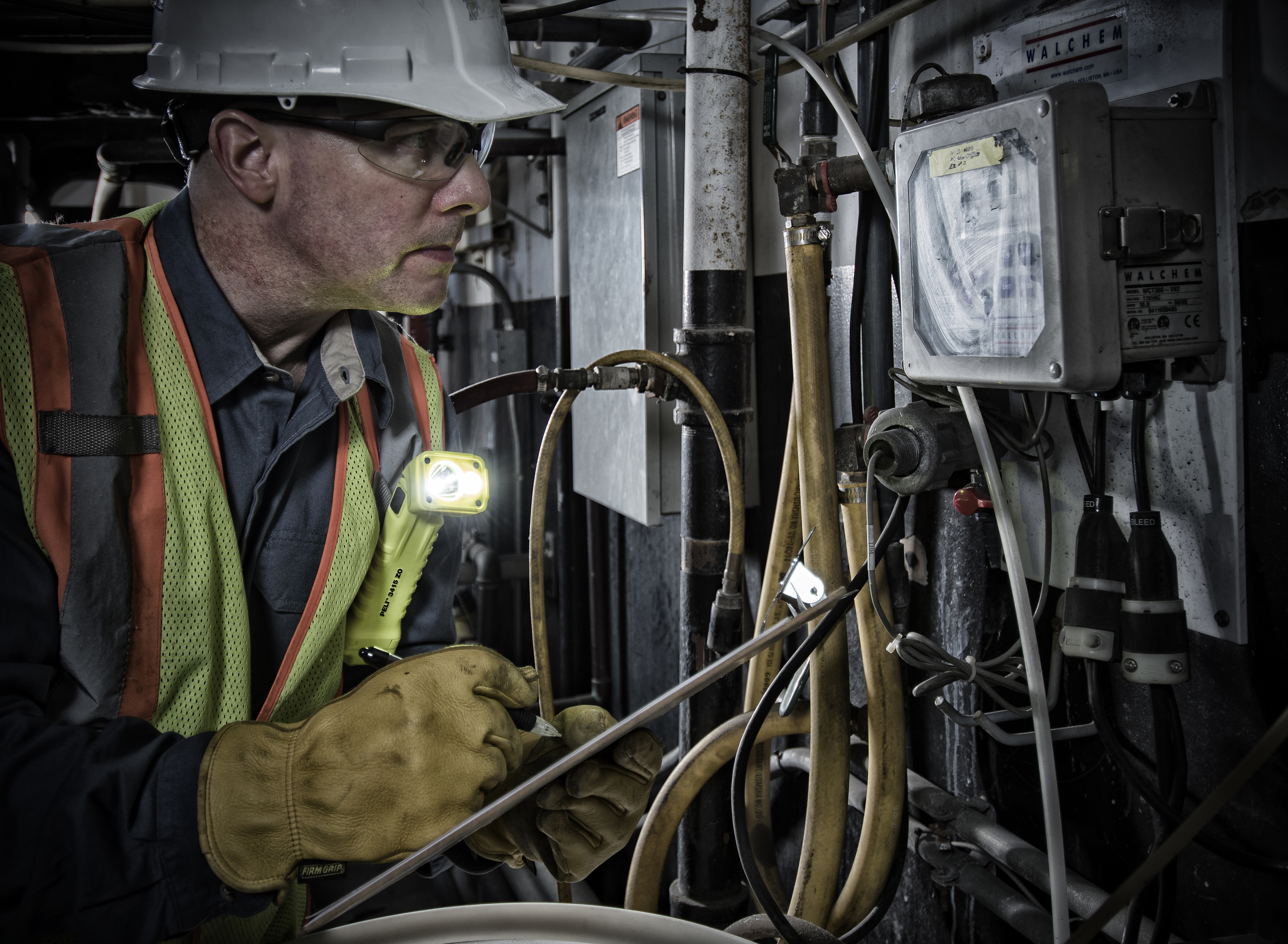
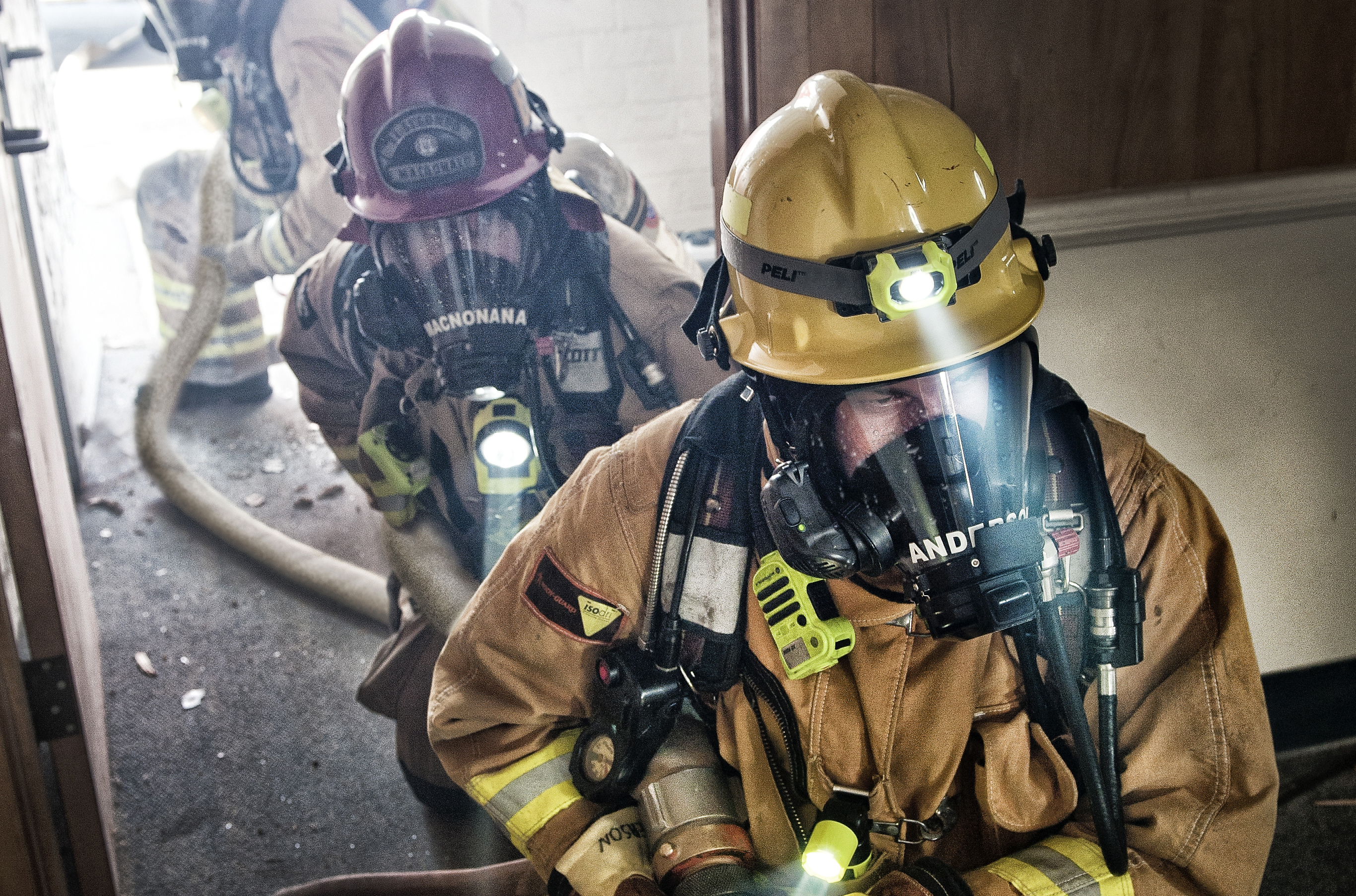

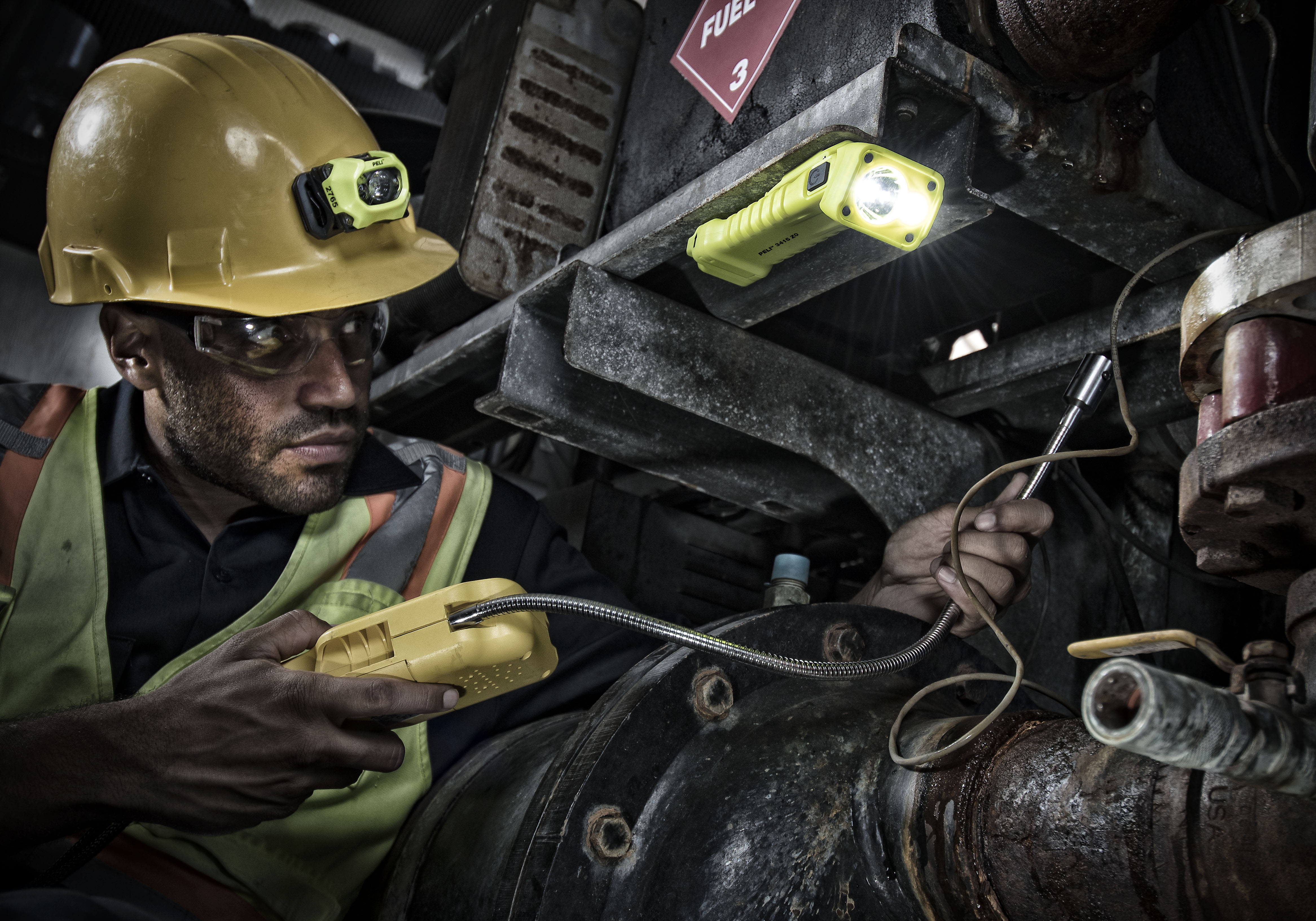

Post a comment